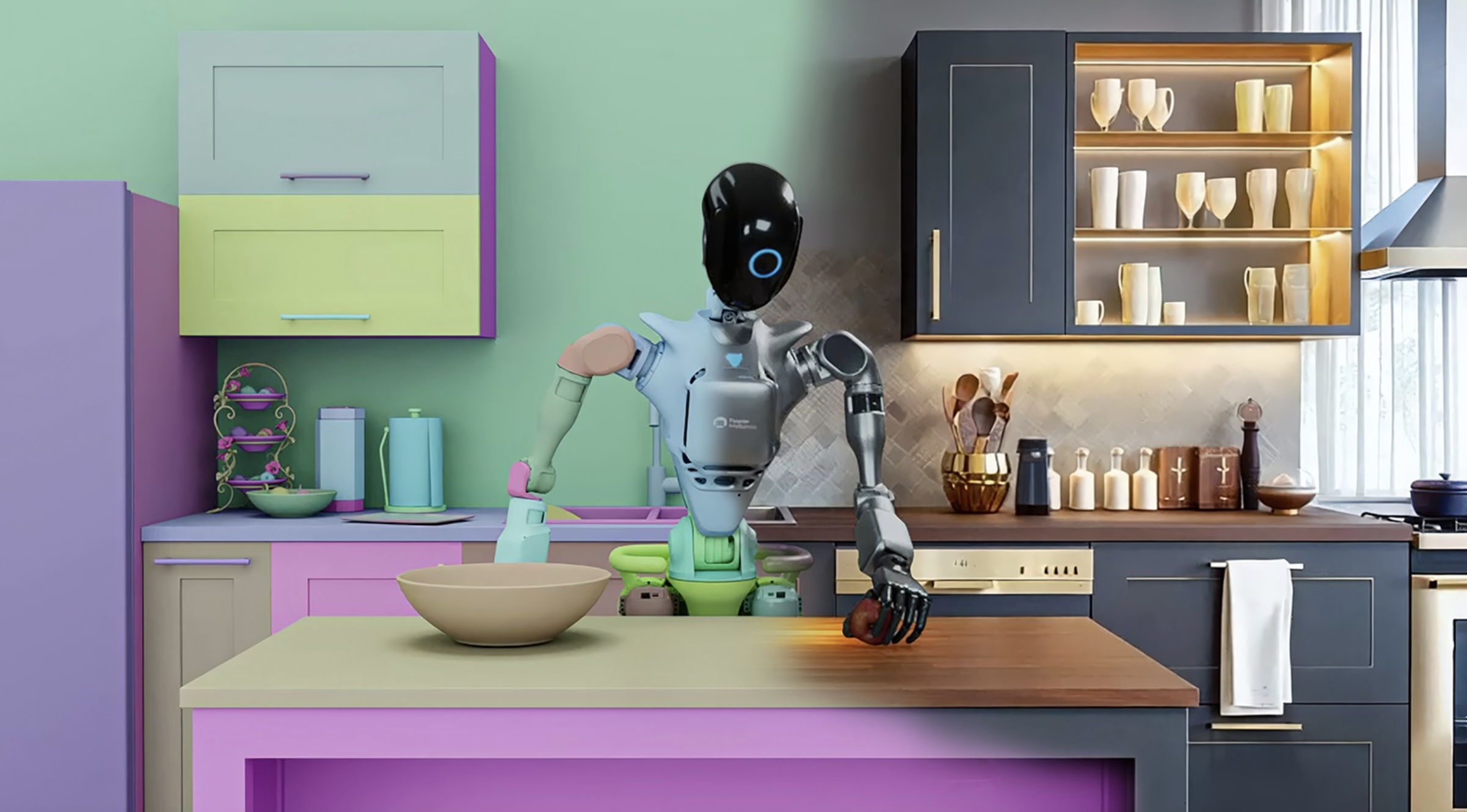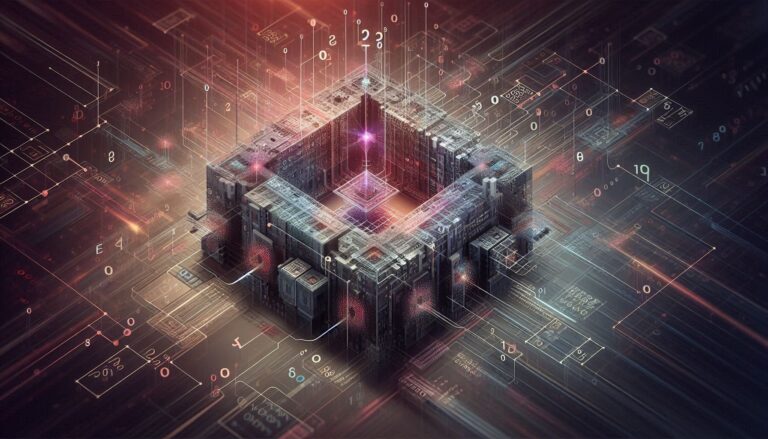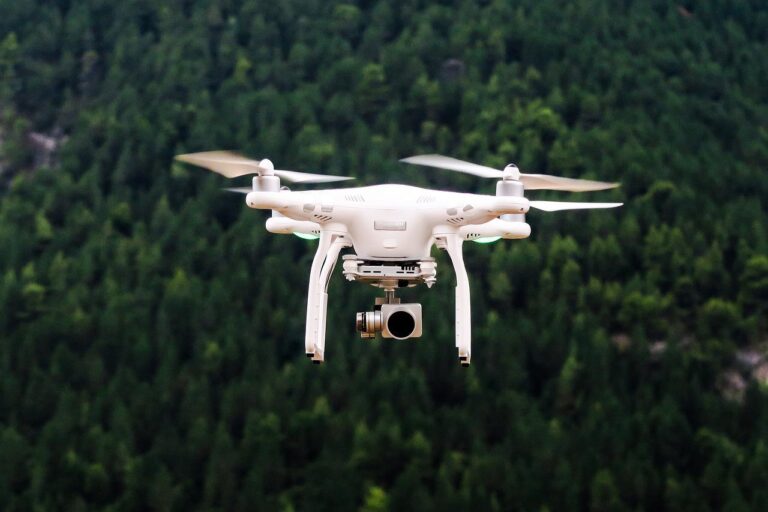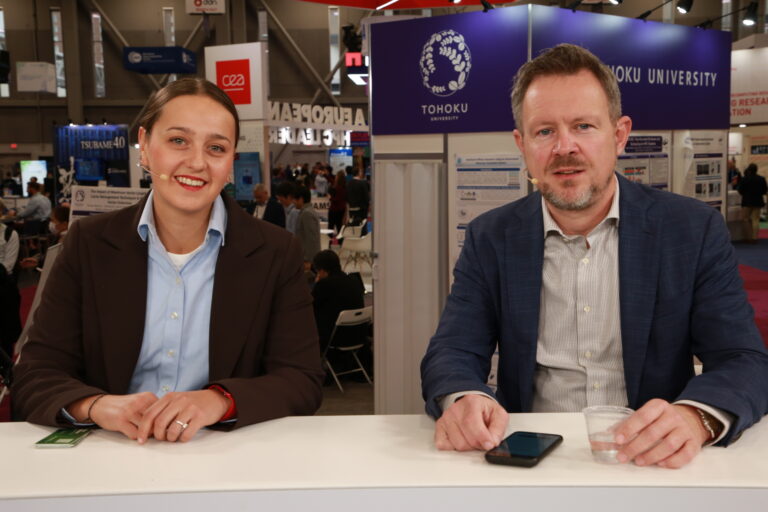Nvidia Launches Innovative Open Models to Accelerate Robotics Research and Development
Nvidia Corp. has unveiled groundbreaking advancements in robotics during the recent Conference on Robot Learning (CoRL) held in South Korea. The tech giant is enhancing its offerings to significantly boost the capabilities of robotic systems.
Key Announcements from Nvidia at CoRL:
- Introducing the Isaac GR00T N1.6 model, designed to endow robots with human-like reasoning abilities. This open foundation model empowers robots to interpret complex instructions and execute tasks leveraging prior knowledge and common sense.
- The debut of the open-source Newton Physics Engine within Nvidia’s Isaac Lab. Developed collaboratively with Google DeepMind and Disney Research, this tool enables the creation of more versatile and adaptive robotic platforms.
- Launching new Cosmos World Foundation models that help developers generate a wide array of data, expediting the training of physical artificial intelligence models at scale.
Rev Lebaredian, Nvidia’s Vice President of Omniverse and Simulation Technology, stated, “Humanoids are the next frontier of physical AI, necessitating reasoning, adaptability, and safe actions in unpredictable settings.” He emphasized that these updates equip developers with a trinity of resources: Isaac GR00T serving as the cognitive core, Newton simulating the robotic form, and Nvidia Omniverse providing the training landscape. Nearly half of the research papers accepted at CoRL reference Nvidia technologies, highlighting the company’s influence in accelerated computing and software.
Building the Future of Robotics
Nvidia continues to forge a path in physical AI through a three-tiered computer system approach:
- Training: Utilizing Blackwell DGX or HGX AI systems to develop physical AI models.
- Simulation: Employing RTX PRO servers and Omniverse with Cosmos for comprehensive testing and validation of these models.
- Inference: Implementing the Jetson AGX Thor, powered by Blackwell, for real-time decision-making on robots.
Enhanced GR00T N1.6 features a new Cosmos Reason capability, a customizable vision language model that facilitates human-like reasoning in humanoids, allowing them to tackle complex tasks concurrently with improved mobility.
Lebaredian noted, “Reasoning is crucial for extending AI capabilities into novel scenarios.” He also pointed out the challenges of training physical AI models due to the scarcity and cost of real-world data. Nvidia aims to fill this gap with the new Cosmos-Predict and Cosmos-Transfer World Foundation models, aimed at boosting the training process.
Highlights of New Models
- Cosmos-Predict: Generates future states based on initial conditions, providing vital data for robot training and reducing complexity and computing costs through a unified model.
- Cosmos-Transfer: This model, now three-and-a-half times smaller, enhances the training data augmentation process, enabling the creation of numerous virtual environments for training with minimal reliance on real-world data collection.
The Importance of Supercomputing
As we enter "the era of robot reasoning," Lebaredian emphasized the need for supercomputers to support comprehensive robotic systems. The Jetson Thor, designed specifically for physical AI and robotics, delivers exceptional performance powered by the Nvidia Blackwell GPU.
Nvidia’s Open-Source Commitment
Lebaredian highlighted the advantages of Nvidia’s open-source innovations, noting that collaboration is key to advancing knowledge within the robotics community. "Advancing frontiers of human knowledge relies on sharing information," he remarked, reinforcing Nvidia’s dedication to supporting researchers and startups through accessible software and resources.
Through these innovative initiatives, Nvidia positions itself as a leader in the evolving landscape of robotics, fostering development and collaboration across the industry.







